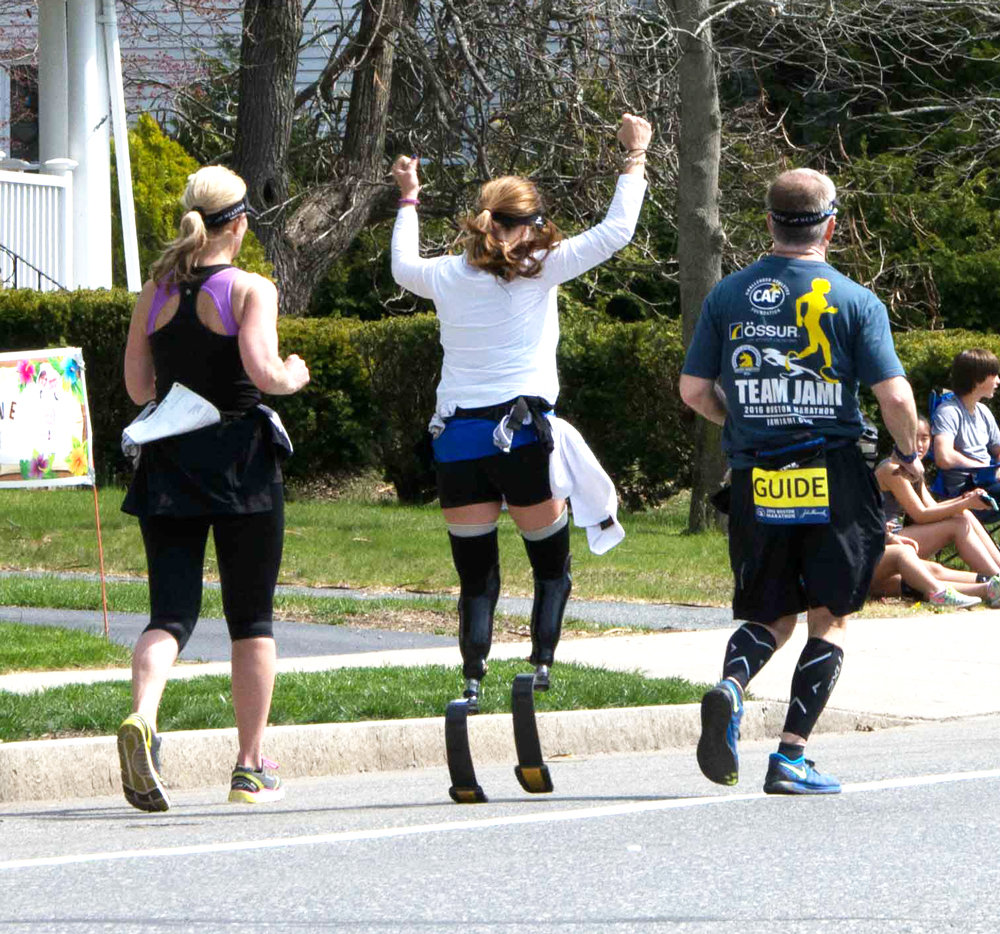
The Independent Living Philosophy led to a new social paradigm for people with disabilities:
- People with disabilities are the experts on their own needs
- People with disabilities have crucial and valuable perspectives to contribute to society
- People with disabilities deserve equal opportunities to decide how to live, work, and take part in their communities.
Beginning in the 1970s with the Urban Mass Transit Act, people with disabilities have been continuously fighting for basic civil rights. The most comprehensive protection is the 1990 Americans with Disabilities Act.
Even today, these rights are under attack by those who believe in smaller government, by budget issues, and by those who just don’t think that people with disabilities have value. Advocates at all levels, local and global, continue to fight for basic civil rights.
The Next Eight Hours (2019)
This video by Julie Ross explains why Independent Living is so important. The video is about Texas, but many other states have similar problems with incentives for institutions. And every state has room to improve!
The IL Movement Today
The IL Movement continues to evolve. In addition to hundreds of Centers for Independent Living, many organizations work for change. Below are links to organizations that research, advocate and remove barriers to independent living for people with disabilities.
The Ed Roberts Campus is a nonprofit (501c3) corporation that has been formed by disability organizations that share a common history in the Independent Living Movement of People with Disabilities. These organizations have joined together to plan and develop a universally designed, transit-oriented campus located at the Ashby BART Station in South Berkeley.
ILRU – Independent Living Research Utilization creates opportunities for people with disabilities through research, education and consultation. Started in 1975, ILRU continues to be an important resource to Independent Living Centers and people with disabilities.
APRIL – The United Voice of Independent Living in Rural America was founded in 1986. APRIL continues do important work with youth, transportation, technology and other disability topics in rural America.
NCIL – The National Council on Independent Living advances independent living and the rights of people with disabilities through consumer-driven advocacy. NCIL envisions a world in which people with disabilities are valued equally and participate fully.
Mouth – Mouth Magazine is usually only in print. Visit our link to see a sample of their work, or to order the paper!
The World Institute on Disability – has a mission to eliminate barriers to full social integration and increase employment, economic security and health care for persons with disabilities.
Video History
It’s Our Story is a national initiative to make disability history national and accessible. They have conducted over 1,000 video interviews with disability leaders across the nation. It’s Our Story.
Paul Spooner, Executive Director at MetroWest Center for Independent Living, helped create 15 videos about the IL Movement and its significance. View his videos at YouTube.
A Little History Worth Knowing
by Timothy M. Cook
The Alabama legislature declared them “a menace to the happiness…of the community.” A Texas law mandated segregation to relieve society of the “heavy economic and moral losses arising from the existence at large of these unfortunate persons.”
Ancient penal statutes for convicted felons? NO! Racial epithets from the Jim Crow era? Not quite, though these declarations did arise in that period.
Such was the treatment accorded disabled persons, especially those…with severe disabilities, by democratically elected state legislatures, in this century.
Nor was the government-mandated regime of segregation, exclusion and degradation of people with disabilities limited to the South. In every state, in inexorable fashion, the policy was to keep us out of polite society.
In Pennsylvania, disabled people officially were termed “anti-social beings;” In Washington, “unfitted for companionship with other children;” in Vermont, a “blight on mankind;” in Wisconsin, a “danger to the race;” and, in Kansas, “a misfortune both to themselves and to the public.”
In Indiana, we were required to be “segregate[d] from the world;” a Utah government report said that a “defect wounds our citizenry a thousand times more than any plague;” and, in South Dakota, we simply did not have the “rights and liberties of normal people.”
The United States Supreme Court, in an opinion by Justice Oliver Wendall Holmes upholding the constitutionality of a Virginia law authorizing the involuntary sterilization of disabled persons, ratified the view of disabled persons as “a menace.” Justice Holmes juxtaposed the country’s “best citizens” (nondisabled persons) with those who “sap the strength of the state” (disabled persons), and to avoid “being swamped with incompetence,” ruled “It is better for all the world, if instead of waiting to execute degenerate offspring for crime, or to let them starve for their imbecility, society can prevent those who are manifestly unfit from continuing their kind.”
So, the next time someone tries to explain to you that handicappism is a more “benign” form of discrimination, tell them how the segregation and exclusion of people with disabilities all began. Tell them how, historically, a lot of important decision-makers passed laws sending us away.

